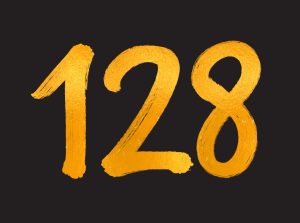Postal code maps, also known as ZIP code maps in the United States, are essential tools for visualizing the geographic distribution of postal codes. These maps provide a valuable resource for businesses, individuals, and government agencies alike, offering insights into demographics, market trends, and delivery logistics.
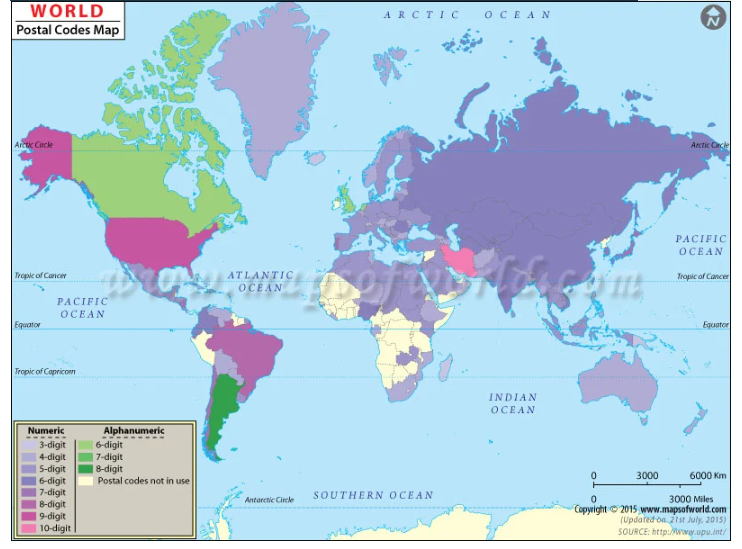
Understanding Postal Codes
Postal codes are alphanumeric codes used to identify specific geographic areas for efficient mail sorting and delivery. They are typically composed of a series of numbers or a combination of numbers and letters. In the United States, the standard format for postal codes is a five-digit ZIP code, with optional ZIP+4 codes that provide more detailed location information.
How Postal Code Maps Work
Postal code maps display the boundaries and distribution of postal codes on a geographic map. Each postal code is represented by a distinct area or polygon on the map, often color-coded to distinguish between different regions or levels of detail.

Applications of Postal Code Maps
Postal code maps have a wide range of applications across various sectors:
- Businesses: Companies use postal code maps to target marketing campaigns, analyze customer demographics, and optimize delivery routes.
- Government Agencies: Government organizations use postal code maps for planning infrastructure projects, allocating resources, and analyzing census data.
- Individuals: Individuals can use postal code maps to find local businesses, schools, healthcare providers, and other services in their area.
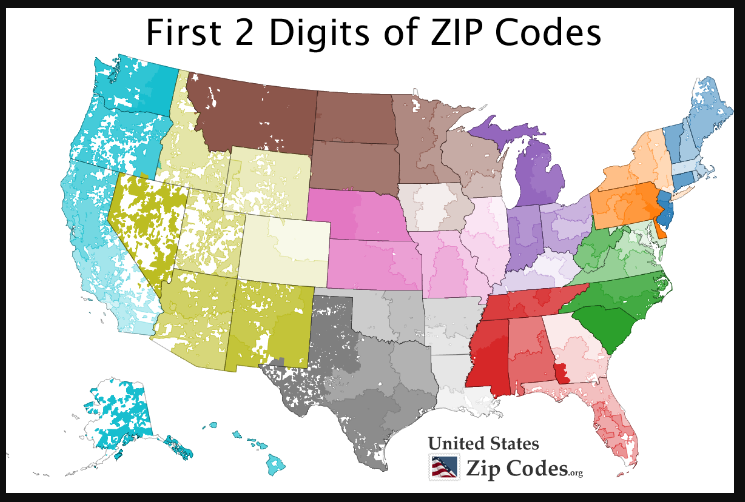
Types of Postal Code Maps
There are several types of postal code maps available, catering to different needs and preferences:
- Static Maps: These are simple, image-based maps that provide a snapshot of postal code distribution at a specific point in time.
- Interactive Maps: These digital maps allow users to zoom in and out, click on specific areas to view details, and search for postal codes by location or address.
- Heat Maps: These maps use color gradients to represent the density or frequency of certain data points within postal code areas, such as population density or crime rates.
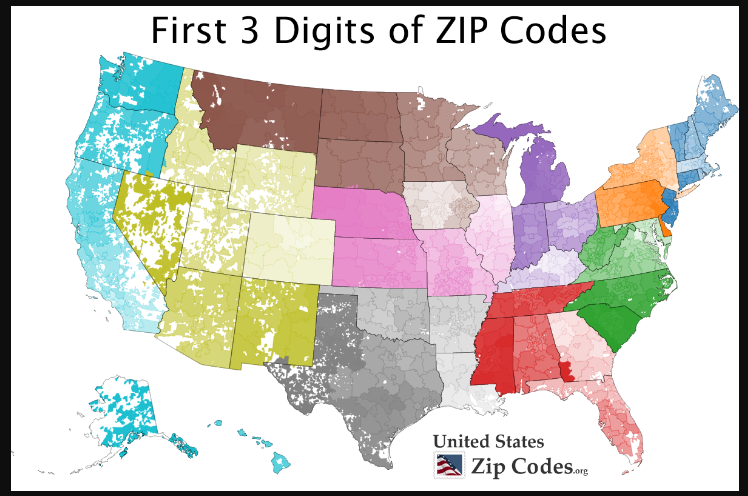
Where to Find Postal Code Maps
Postal code maps can be found on various online platforms and resources:
شاهد المزيد فى All
- Government Websites: Many government websites, such as the U.S. Census Bureau, provide detailed postal code maps with demographic information.
- Commercial Providers: Several companies specialize in providing location-based data services, offering comprehensive and customizable postal code maps for businesses and organizations.
- Online Map Services: Popular online map services, such as Google Maps, often include postal code boundaries as an optional layer.
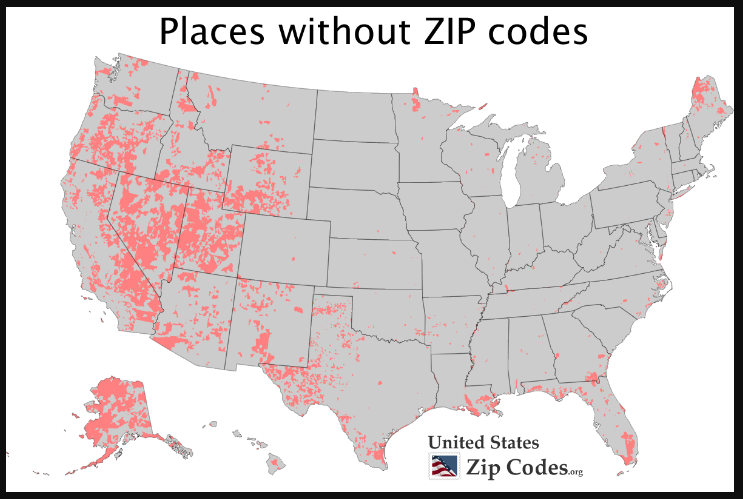
Conclusion
In conclusion, postal code maps are invaluable tools for understanding the geographic distribution of postal codes and their associated data. They provide a visual representation of complex information, enabling businesses, individuals, and government agencies to make informed decisions based on location-specific insights.

